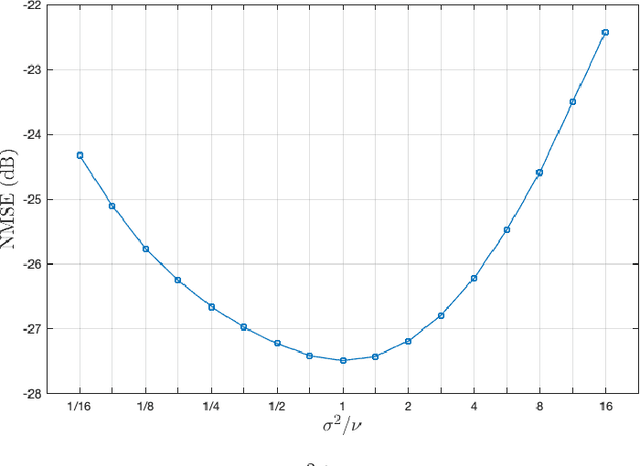Edward T. Reehorst
Score Combining for Contrastive OOD Detection
Jan 21, 2025Abstract:In out-of-distribution (OOD) detection, one is asked to classify whether a test sample comes from a known inlier distribution or not. We focus on the case where the inlier distribution is defined by a training dataset and there exists no additional knowledge about the novelties that one is likely to encounter. This problem is also referred to as novelty detection, one-class classification, and unsupervised anomaly detection. The current literature suggests that contrastive learning techniques are state-of-the-art for OOD detection. We aim to improve on those techniques by combining/ensembling their scores using the framework of null hypothesis testing and, in particular, a novel generalized likelihood ratio test (GLRT). We demonstrate that our proposed GLRT-based technique outperforms the state-of-the-art CSI and SupCSI techniques from Tack et al. 2020 in dataset-vs-dataset experiments with CIFAR-10, SVHN, LSUN, ImageNet, and CIFAR-100, as well as leave-one-class-out experiments with CIFAR-10. We also demonstrate that our GLRT outperforms the score-combining methods of Fisher, Bonferroni, Simes, Benjamini-Hochwald, and Stouffer in our application.
Plug and play methods for magnetic resonance imaging
Mar 20, 2019



Abstract:Magnetic Resonance Imaging (MRI) is a non-invasive diagnostic tool that provides excellent soft-tissue contrast without the use of ionizing radiation. But, compared to other clinical imaging modalities (e.g., CT or ultrasound), the data acquisition process for MRI is inherently slow. Furthermore, dynamic applications demand collecting a series of images in quick succession. As a result, reducing acquisition time and improving imaging quality for undersampled datasets have been active areas of research for the last two decades. The combination of parallel imaging and compressive sensing (CS) has been shown to benefit a wide range of MRI applications. More recently, deep learning techniques have been shown to outperform CS methods. Some of these techniques pose the MRI reconstruction as a direct inversion problem and tackle it by training a deep neural network (DNN) to map from the measured Fourier samples and the final image. Considering that the forward model in MRI changes from one dataset to the next, such methods have to be either trained over a large and diverse corpus of data or limited to a specific application, and even then they cannot ensure data consistency. An alternative is to use "plug-and-play" (PnP) algorithms, which iterate image denoising with forward-model based signal recovery. PnP algorithms are an excellent fit for compressive MRI because they decouple image modeling from the forward model, which can change significantly among different scans due to variations in the coil sensitivity maps, sampling patterns, and image resolution. Consequently, with PnP, state-of-the-art image-denoising techniques, such as those based on DNNs, can be directly exploited for compressive MRI image reconstruction. The objective of this article is two-fold: i) to review recent advances in plug-and-play methods, and ii) to discuss their application to compressive MRI image reconstruction.
Regularization by Denoising: Clarifications and New Interpretations
Nov 01, 2018



Abstract:Regularization by Denoising (RED), as recently proposed by Romano, Elad, and Milanfar, is powerful image-recovery framework that aims to minimize an explicit regularization objective constructed from a plug-in image-denoising function. Experimental evidence suggests that the RED algorithms are state-of-the-art. We claim, however, that explicit regularization does not explain the RED algorithms. In particular, we show that many of the expressions in the paper by Romano et al. hold only when the denoiser has a symmetric Jacobian, and we demonstrate that such symmetry does not occur with practical denoisers such as non-local means, BM3D, TNRD, and DnCNN. To explain the RED algorithms, we propose a new framework called Score-Matching by Denoising (SMD), which aims to match a "score" (i.e., the gradient of a log-prior). We then show tight connections between SMD, kernel density estimation, and constrained minimum mean-squared error denoising. Furthermore, we interpret the RED algorithms from Romano et al. and propose new algorithms with acceleration and convergence guarantees. Finally, we show that the RED algorithms seek a consensus equilibrium solution, which facilitates a comparison to plug-and-play ADMM.
 Add to Chrome
Add to Chrome Add to Firefox
Add to Firefox Add to Edge
Add to Edge